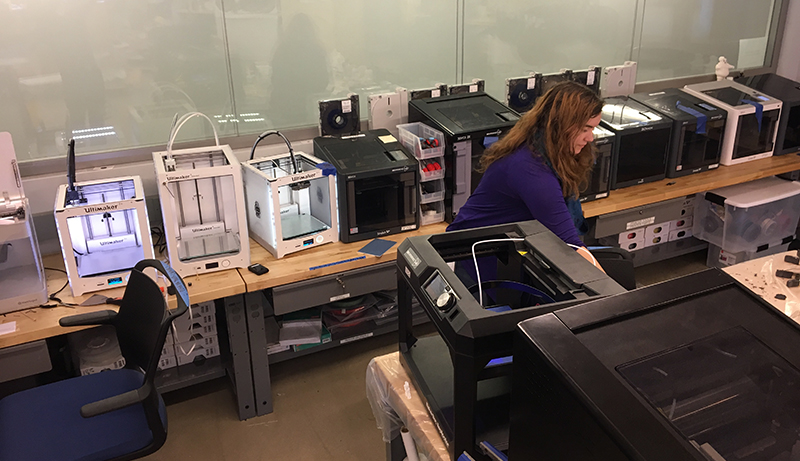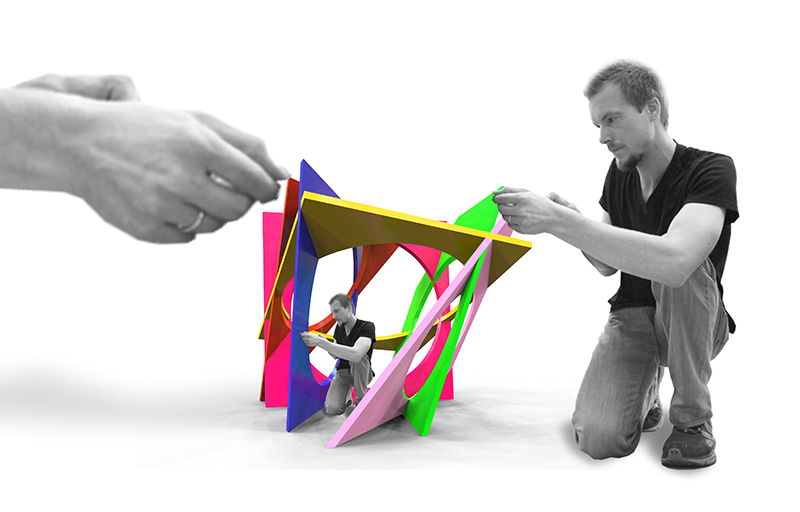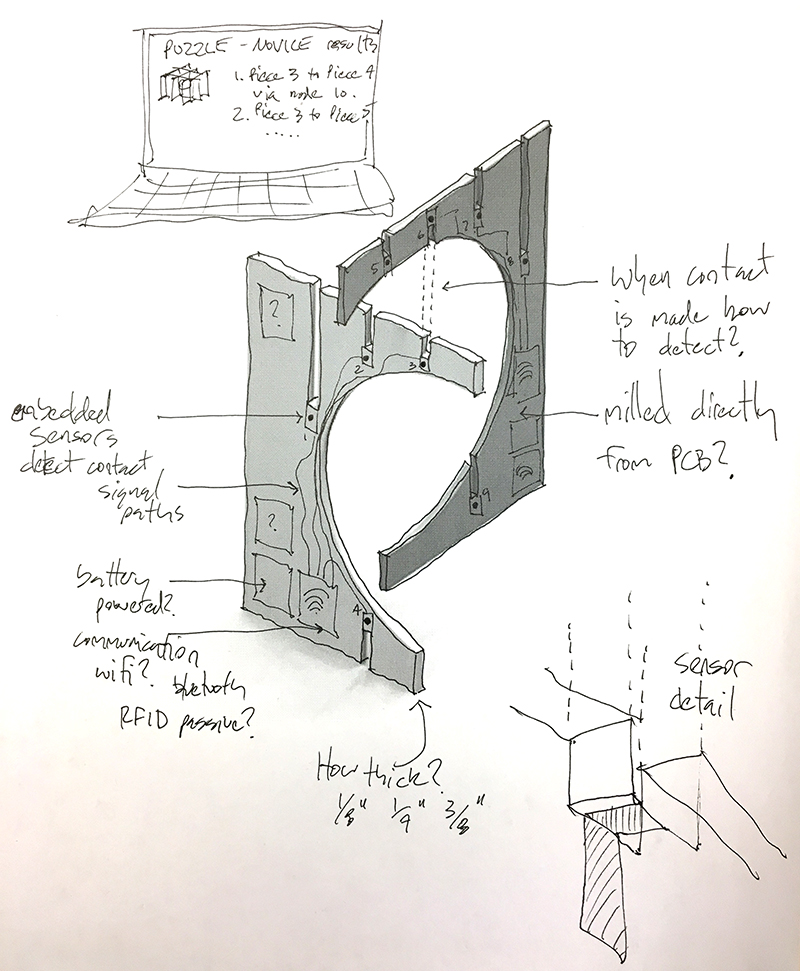1. Principles and practices¶
This week I attended the first Fab Academy class and was humbled by the worldwide attendance, all while sitting in a rather large and office building - Dessault Systeme’s North American Headquarters, no less - in Waltham Massachusetts, just outside of Boston. I had the pleasure of meeting my in person classmates including Jose, Jose, Alex, Lashanda, Junia, and Aleza, along with the instructors, Greg Buckland and Luciano Betoldi.
here’s a new line.
Inside Dassault’s 3D Experience Lab

Final Project Idea¶
revive past research work on interactive cognition by making multi-planar interlocking puzzles that can be electronically tracked. i want to embed sensors into each puzzle piece to be able to track movements and connections with other pieces. something very low power/profile, but i could see the pieces thickening as needed to accommodate innards.
output would be some sort of analysis of the puzzle being solved…overall speed, number of moves, incorrect placements, rotations, etc.
right now i’m kind of seeing this as a research device that can track interactive cognition. but i could also imagine gaming opportunities, or making this more of a learning toy/product.
My instructor, Greg, suggested: “A great opportunity to do some advanced networking between the devices too. As for material thickness, you might be right. But you also might be able to get creative - the PCBs themselves can get pretty thin.”
this image suggests that thinking may operate differently at different scales:


Right now i’m kind of seeing this as a research device that can track interactive cognition. But I could also imagine gaming opportunities, or making this more of a learning toy/product.